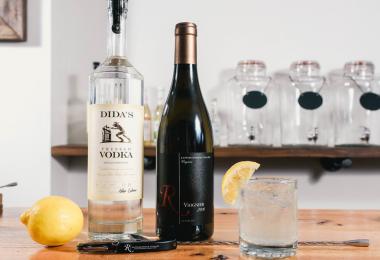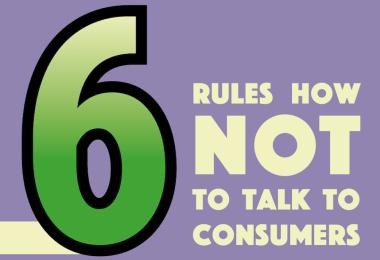At this moment, a journalist is scouring a winery’s website looking for facts. She needs technical details, pricing, and bottle shots for her weekly column. She’s on deadline, and she’s struggling. The websites are incomplete, the navigation impenetrable, the vintages out of date. She settles on ten wines for her story — ones for which she can actually find the information — leaving two she’d really liked on the cutting room floor.
It’s a pity. Offering a good web experience for wine journalists isn’t hard and makes the difference between getting great coverage and no coverage at all. I recently surveyed 118 international wine journalists to discover their pet peeves about winery websites. Nearly half visit them daily or multiple times per day, but report dismally low confidence they’ll find what they need.
Below are their six top complaints — and how to fix them:
Problem 1: Incomplete wine information.
Ninety-four percent of respondents visit sites to research details about specific wines. Offer a Trade & Media section with downloadable technical sheets covering viticulture, winemaking, aging, and other protocols for each wine in the portfolio, including prior vintages. Make this section easy to find by linking to it at the bottom of every page. As one journalist said, “It is better, especially for the trade and media, to provide too much info than too little.”
Problem 2: Flowery narratives instead of plain language about the winery’s history and philosophy.
Who are you and what do you stand for? What makes you different? Eighty-four percent of respondents routinely seek this information but find only vague site copy. Present a simple historical timeline, bios of the principals, and straight talk about your terroir and methods. Include your location; surprisingly, it’s often skipped. Be bravely transparent, avoiding clichés in favor of clear, objective language. “Give me the data, don’t give me the marketing,” said one respondent. “Less poetry, more facts,” said another.
3. Lack of downloadable media assets: bottle shots, winery photos, portraits of principals.
Publication art departments have been slashed, so wineries that provide rights-free imagery are more likely to get coverage. Invest in high-quality photos: bottles against white backgrounds, lifestyle images of vineyards, portraits of the principals. “If you’re a wine brand wondering why you’re not being featured, it’s because it’s easier for me to go to tried and true brands… where I know I can get the assets without having to email a rep.” Yikes.
4. Email forms that go into a black hole.
“If I’m on deadline I need to verify information immediately, not days after submitting a blind email.” Contact forms block spam bots, but they also block many of the journalists surveyed. Put the actual email address and phone number of your media representative on the site — and make sure that person follows up.
5. Confusing design and navigation.
Respondents reported only 40% confidence they’ll find what they need on any given website. All types of users — consumers, sommeliers, importers, writers — benefit from good interaction design: simple navigation, mobile-friendly templates, standardized labeling, minimal bells and whistles. As one person quipped: “Make it easy; we have limited time to find information.”
6. Sites that are never updated.
“Keep it current!” was the drumbeat in the survey’s comments field. This is especially important for vintage turns, staff or corporate changes, and contact updates. And while a winery blog is a fine place for storytelling, writers just aren’t interested in wading through long narratives.
A winery website seems like a marketing expense, and journalists seem like a small audience. But with the right information, writers can reach networks far beyond your own, amplifying your reach and sending new business your way.
Meg Maker
This report came from a presentation created for Wine2Wine.








